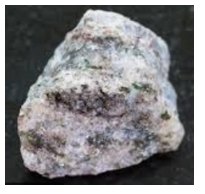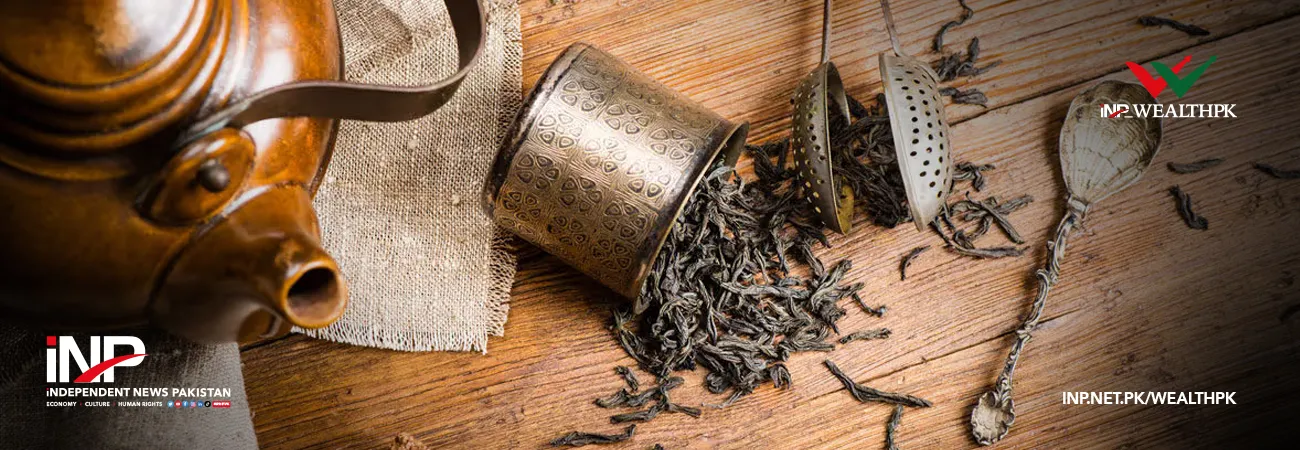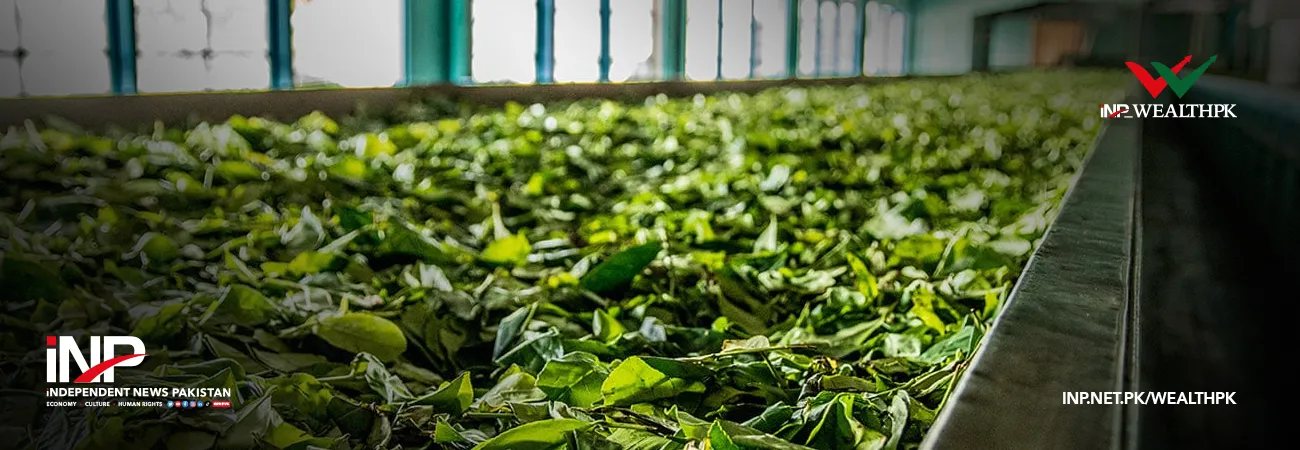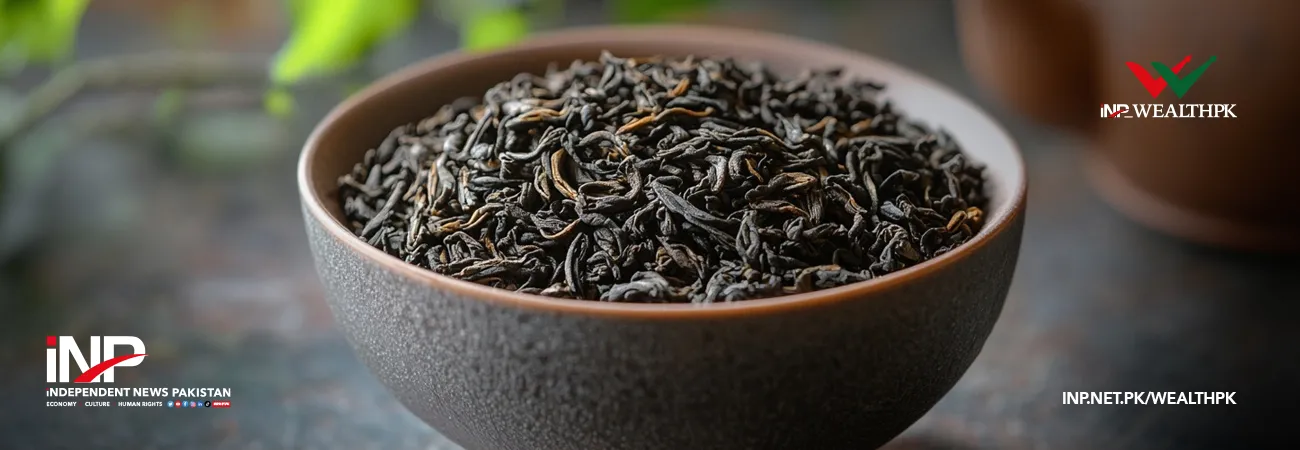INP-WealthPk
Faiza Tehseen
Indigenous extraction and value addition of phosphorus is necessary for the domestic industry, while the excess product can be exported to earn foreign exchange for Pakistan, opined Chief Geologist of Balochistan-based Koh-e-Daleel Minerals (Pvt), Ltd Abdul Bashir while talking to WealthPK.

“Phosphorus is extracted from the phosphate mineral that occurs in dolomite rocks and is also considered as clay mineral. Wherever sedimentary rocks are dominant, phosphate rocks occur there. Inclusion of different minerals in phosphate rocks causes variability in colors – the dominant iron component in phosphate results in red color. “The primary phosphorus minerals include variscite, apatite, and strengite. The secondary phosphorus minerals include aluminium phosphates, iron, and calcium. Typically, it occurs in igneous rocks as a result of hydrothermal activity. Then gradually, it settles in sedimentary rocks containing apatite – a calcium phosphate mineral. Ocean sediments also keep phosphorus,” he said. In elemental form, phosphorus is used as an alloying agent, chemical synthesizer, oil additive, insecticide, rodent killer, and pesticide. It is also used in the manufacture of fertilizers, food additives, animal feed, steel production, electric car batteries, rust removers, anti-corrosive agents, and domestic cleaning products. Bashir said, “White phosphorus is considered the standard form of phosphorus obtained by heating phosphate rock in a furnace in presence of carbon and silica.
When white phosphorus is gently heated at 250⁰ C, it turns into red phosphorus. Black phosphorus is produced by heating white phosphorus under high pressure. All these three forms have different industrial uses.” He said red phosphorus was used to manufacture safety matches, oxygen candles, explosive bolts, gas-pressure blasting in mines, demolition, quarrying, and as parts of automotive airbags. Black phosphorus is used to produce a variety of industrial applications including electronics, optoelectronics, memory devices, super-capacitors, photo-detectors, superconductors, energy storage devices, and biomedical appliances. According to uses, the value and market potential of each type of phosphorus is different. “Establishment of value-addition units near the phosphate mining areas is necessary. The main reason is that the value-added/graded product will fetch more profits to the miner. Secondly, it will save the additional cost incurred on transportation to the value-addition unit. The most important of all is that the establishment of the said units will create new value-addition chains, business, and job opportunities,” added Abdul Bashir.
Talking to WealthPK about the importance of indigenous phosphorus production, miner and geologist Imran Babar said, “It is true that the miners do not earn through trading in phosphate ore. Value addition brings profits and more demand. Unfortunately, Pakistan lacks the processing units. If any processing unit is available, it is mostly located in faraway areas, and taking the raw product there increases the cost of production due to the addition of transportation charges”. He said additional charges like the processing costs, packaging, marketing, taxes, and labor charges increase the normal price of a product. Most of these issues can be solved by installing the grading/value-adding units close to the source of the raw product. Babar said, “The government should support the said units by providing subsidies, low-cost equipment and easy loans. Even by settling the value of additional facilities for an area, the government can claim the processing, and maintenance fee from related miners.”
Credit: INP-WealthPk













